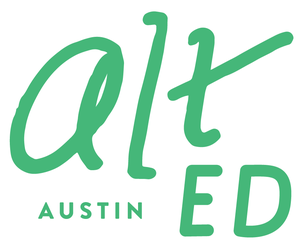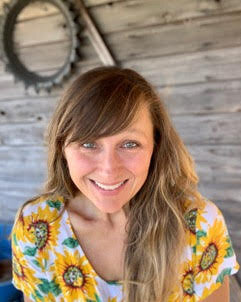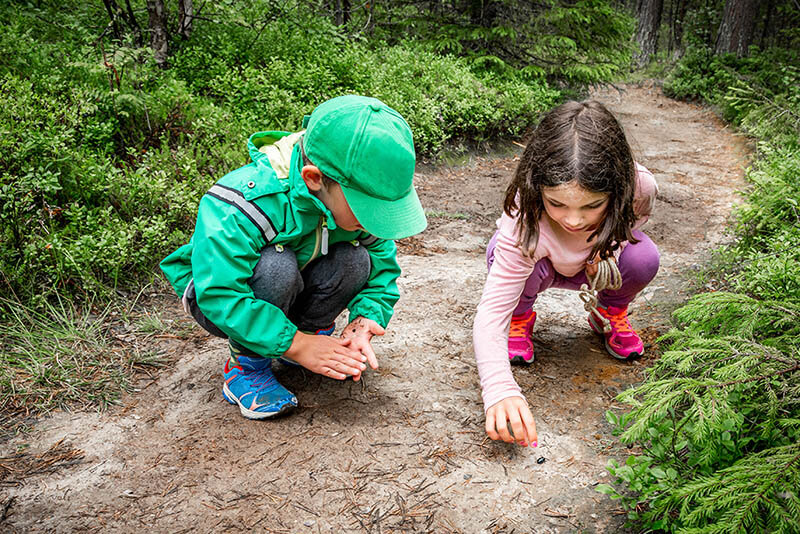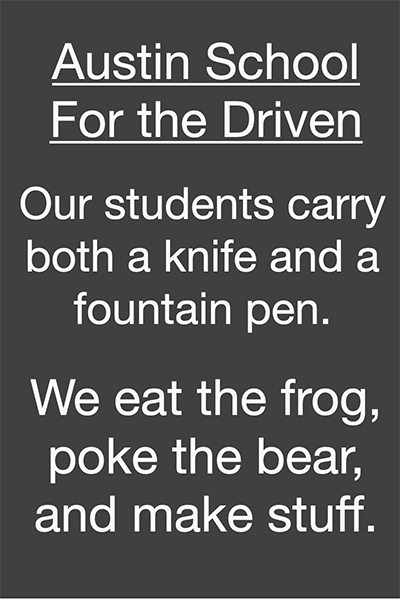3 things I’ve learned about distance learning as an online tutor
/Jason Silverberg, M.Ed., joins us as a guest contributor to share his insights about remote learning. He has been a classroom teacher and popular tutor since 2004.
Ever since the world turned upside down, many parents have been in a constant state of uncertainty as to what type of schooling environment is best for their children. Is it safe to return to campus? Could lessons taught over Zoom really be effective? Well, ever since shifting all of my tutoring online in March, I’m proud to report that I have had much more success than I originally thought possible. I’ve learned a lot about connection, improvisation, and perseverance, and I look forward to seeing my students continue to meet and exceed their goals. Here are my top three takeaways from the last six months as an online educator.
A positive outlook is key.
To a lot of people, education just seemed too hands-on and interpersonal to move to an online medium. But as anyone wearing a mask and social distancing will tell you, sometimes doing what seems uncomfortable might just be the best way to move forward. People, especially children, are resilient. If the goal is to learn with no threat of spreading the virus, online tutoring is the safest bet. Starting off with a positive mindset makes all the difference. You get out what you put in.
Vibe is fully translatable.
A teacher is more than just a random person, and a classroom is more than just four walls. It’s the teacher’s personality, vibe, and surroundings that create a unique, welcoming atmosphere. Whatever you bring to the classroom can also be conveyed online, especially a sense of humor. Nothing cements a friendship like cracking up together! Ironically, being limited to the confines of a computer screen actually feels limitless in a lot of ways. This even applies to my students whom I have still not yet met in person. Seeing my home, my drums, my plants, my cat, etc. gives them more of an opportunity to see what we have in common, which of course only strengthens our bond and makes learning much more of a fun experience.
Being face-to-face on the screen rather than side-by-side at a table also makes it easier to notice when students get distracted. At these times, I can always tell what they need in order to get back on track. Redirection? A change of gear? A brain break? A quick conversation? Even taking one minute together to watch a youtube video of a puppy can make the rest of the session even more focused than before.
Being in the driver’s seat further opens the open road.
Online tutoring may seem impersonal at first glance, but it actually allows students to work for extended periods of time with their teacher one-on-one…an extremely rare occurrence in most classrooms. In this type of setting, teachers can more easily assess a student’s specific needs, reinforce unclear concepts, and even identify and repair past educational misunderstandings that might have normally gone undetected.
Watch Jason in action in this video from a tutoring session. [TutoringMindset.com Disclaimer: I do not claim to own the rights to the songs or movie clips in this video. 😇]
My students know that they can only succeed if they meet me halfway. Signing into sessions on their own, taking initiative, and asking clarifying questions encourages and empowers them to take their education into their own hands. Of course, these feelings contribute to their ongoing ability to consistently surpass expectations throughout their academic career and beyond.
When the world gets back on its feet someday, I look forward to seeing the many ways in which schooling may change. Regardless of lessons being taught online or in person, I take comfort in knowing that the connection between the teacher and the student will always remain the most important aspect of education.
Jason Silverberg




















